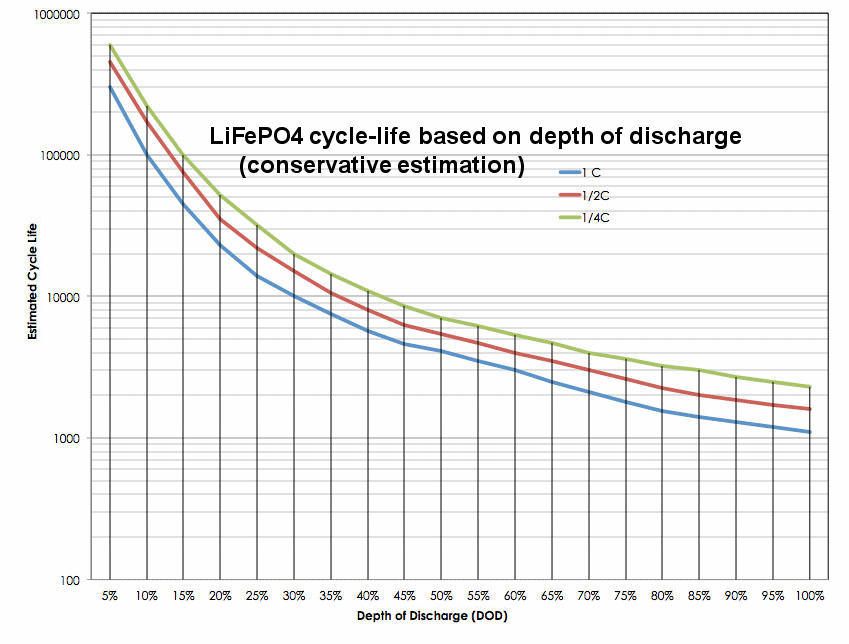Cole2534
Diamond
- Joined
- Sep 10, 2010
- Location
- Oklahoma City, OK
I'm doing design checks on a small, intermittent use solar system. Application is to run a 115v, 1200w blower for an approximately 10min interval. In other words, someone bought all the parts then asked how well it would all work.
My main question is this- where do I want my battery voltages to stay? The question is two-fold, to determine allowable cycles on available storage and where to set lo-V protective measures.
Math Q-
1200w motor + 20% =1440w. At a nominal 12v that's a 120amp draw for about 10min. Or about 20ah. Is that the proper way to look at this?
Programmed via Mazatrol
My main question is this- where do I want my battery voltages to stay? The question is two-fold, to determine allowable cycles on available storage and where to set lo-V protective measures.
Math Q-
1200w motor + 20% =1440w. At a nominal 12v that's a 120amp draw for about 10min. Or about 20ah. Is that the proper way to look at this?
Programmed via Mazatrol






